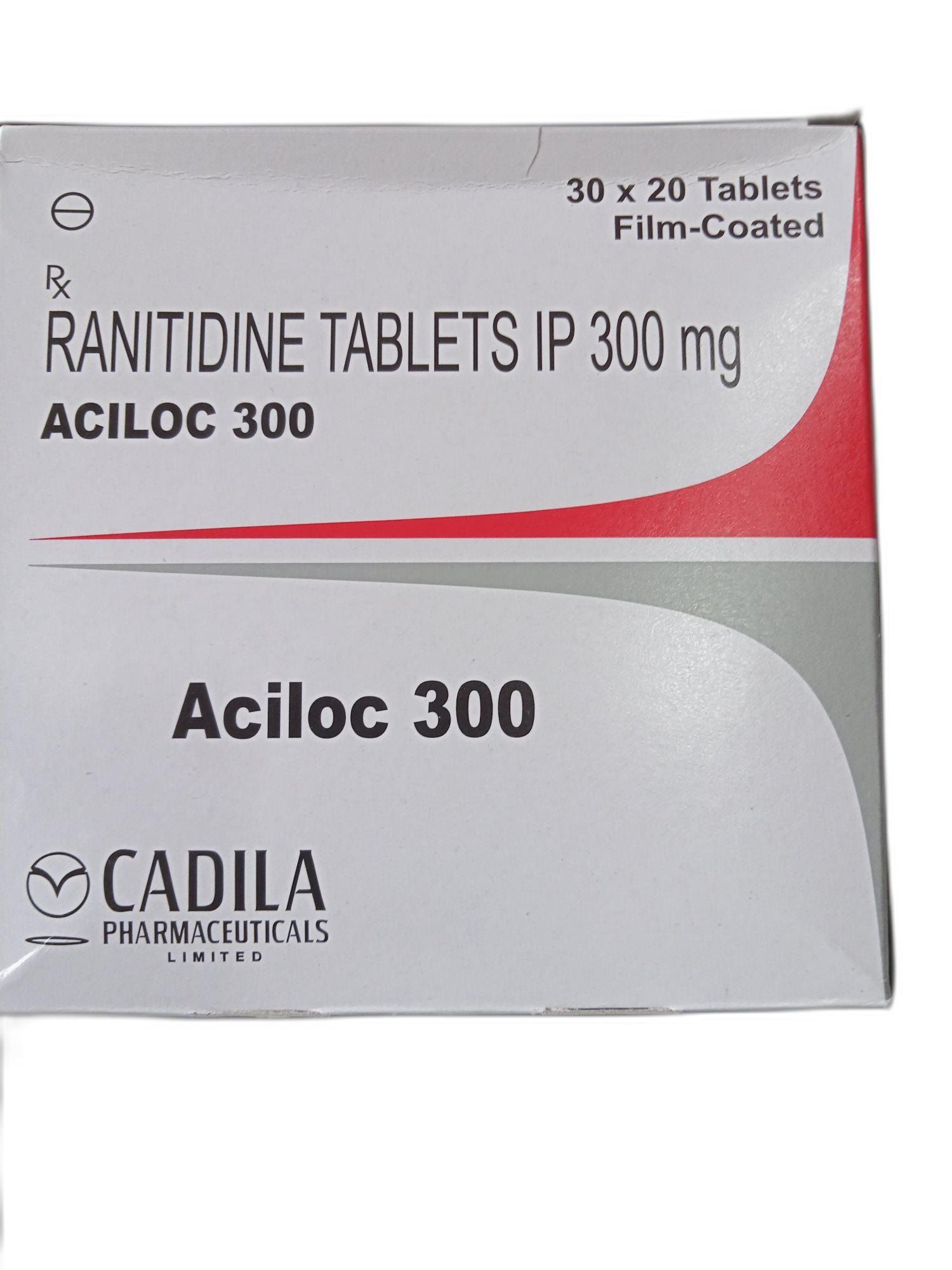How to Use Aciloc 300 – Aciloc 300, also known as ranitidine, is a medication commonly prescribed for the treatment of acid reflux and related conditions. It belongs to a class of drugs called H2 blockers, which work by reducing the production of stomach acid. This medication is available in the form of tablets and is often recommended by healthcare professionals to alleviate symptoms associated with excessive stomach acid.

Understanding Acid Reflux
Acid reflux occurs when the lower esophageal sphincter, a muscle at the bottom of the esophagus, fails to close properly, allowing stomach acid to flow back into the esophagus. This can lead to symptoms such as heartburn, regurgitation, and chest pain. Factors such as obesity, hiatal hernia, and certain medications can contribute to the development of acid reflux.
How Aciloc 300 Works
Aciloc 300 works by blocking the action of histamine on the stomach cells, which reduces the production of acid. By decreasing the acidity of the stomach, Aciloc 300 helps alleviate symptoms of acid reflux and promotes healing of the esophagus.
Dosage and Administration
The recommended dosage of Aciloc 300 may vary depending on the severity of the condition and individual response to the medication. Typically, it is taken orally once or twice daily, with or without food. It is essential to follow the instructions provided by your healthcare provider and not exceed the prescribed dosage.
Precautions and Side Effects
While Aciloc 300 is generally well-tolerated, some individuals may experience side effects such as headache, dizziness, and diarrhea. It is essential to consult with a healthcare professional before using this medication, especially if you have a history of kidney or liver disease. Additionally, long-term use of Aciloc 300 may increase the risk of certain health issues, so it is essential to use it as directed.
Interactions with Other Medications
Aciloc 300 may interact with certain medications, including antacids, blood thinners, and antidepressants. It is crucial to inform your healthcare provider about all the medications you are taking to avoid potential drug interactions. Your doctor can adjust the dosage or recommend alternative treatments if necessary.
Who Can Benefit from Aciloc 300?
Aciloc 300 is suitable for individuals suffering from acid reflux and related conditions such as gastroesophageal reflux disease (GERD). It can provide relief from symptoms such as heartburn, acid indigestion, and sour stomach. However, it may not be suitable for everyone, so it is essential to consult with a healthcare professional before starting treatment.
Tips for Effective Usage
To maximize the effectiveness of Aciloc 300, it is essential to take it as prescribed by your healthcare provider. Additionally, making lifestyle changes such as avoiding trigger foods, maintaining a healthy weight, and quitting smoking can help alleviate symptoms of acid reflux and improve overall digestive health.
Alternative Treatments for Acid Reflux
In addition to medication, there are several alternative treatments available for acid reflux, including dietary changes, herbal remedies, and acupuncture. However, it is essential to consult with a healthcare professional before trying any alternative therapies to ensure they are safe and effective for your condition.
Conclusion
Aciloc 300 is a widely used medication for the treatment of acid reflux and related conditions. By understanding how it works, following dosage instructions, and taking necessary precautions, individuals can effectively manage symptoms and improve their quality of life.
Frequently Asked Questions (FAQs)
- What is the difference between Aciloc 300 and other acid reflux medications?
- Aciloc 300 belongs to the H2 blocker class of medications, while others may belong to different classes such as proton pump inhibitors (PPIs). The choice between them depends on individual factors and the severity of the condition.
- Can Aciloc 300 be taken on an empty stomach?
- Aciloc 300 can be taken with or without food, as directed by your healthcare provider. However, some individuals may find it more tolerable to take it with food to minimize potential side effects.
- How long does it take for Aciloc 300 to show results?
- Aciloc 300 typically starts working within an hour of administration, with maximum effectiveness reached within 2 to 3 hours. However, individual response may vary, and it may take several days to weeks to experience significant improvement in symptoms.
- Is it safe to take Aciloc 300 during pregnancy?
- Pregnant women should consult with their healthcare provider before taking Aciloc 300, as it may not be suitable for use during pregnancy. Alternative treatment options may be recommended to ensure the safety of both the mother and the baby.
- Can Aciloc 300 be used for children?
- Aciloc 300 may be used in children under the supervision of a healthcare provider. The dosage and administration instructions may vary based on the child’s age, weight, and medical history.




